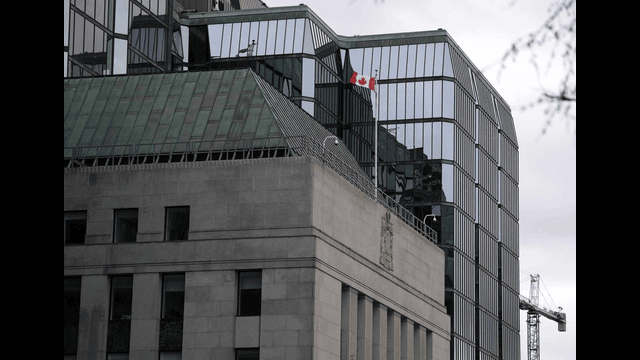
In the image, Single-family houses under construction in Delta, B.C. Photo by Darryl Dyck/The Canadian Press files
In recent weeks, the mortgage market has seen a flurry of changes that are reshaping the landscape for homebuyers and lenders. Robert McLister, a mortgage industry expert, notes that this period has brought more policy adjustments than he’s witnessed in years. Yet, not every decision made by policymakers has hit the mark.
One of the most significant updates was announced last week by the federal government, stating that, starting December 15, the maximum property value eligible for default insurance will rise to $1,499,999.99. Additionally, the maximum amortization period for first-time buyers and buyers of new constructions with insured mortgages will increase to 30 years. These changes are designed to provide more flexibility for buyers, especially in higher-priced markets.
Another notable development came from the Office of the Superintendent of Financial Institutions (OSFI), which revealed that the federal stress test for uninsured mortgage switches will be eliminated starting November 21. This move is expected to provide further relief to borrowers, particularly those with higher debt-to-income ratios, by making it easier to switch lenders and secure better deals.
These policy shifts are seen as a win for both borrowers and the lending industry. Buyers, especially those in the $1 million to $1.5 million home market, will benefit from lower down payment requirements. The down payment on a $1.5 million home, for example, will now be just $125,000 — a significant reduction from the previous requirement of $300,000.
Despite the lower down payments, there may still be rumors that default insurance premiums for homes over $1 million will remain at 4.2 percent. However, even with this premium, insured borrowers could save on interest rates and enter the market sooner, allowing them to allocate capital for other investments.
These changes come at a time when mortgage rates are dropping, home values are stabilizing, and household incomes are rising. The combination of these factors is likely to draw more potential homebuyers into the market. Additionally, the ratio of mortgage costs to income has hit a three-year low for dual-income families, making homeownership more accessible.
The elimination of the stress test for uninsured mortgage switches is expected to save borrowers money. Previously, the test prevented some borrowers from switching lenders to find better mortgage rates. With the test removed, thousands of borrowers will have the chance to secure lower rates and save potentially hundreds or thousands of dollars over the life of their mortgage.
However, the new $1.5 million insurance limit does come with some restrictions. It only applies to buyers putting down less than 20 percent, excluding those with larger down payments who might also benefit from better mortgage terms. Critics argue that the government missed an opportunity to support these lower-risk buyers.
Overall, while some gaps remain in the recent mortgage policy changes, the new rules bring significant relief and flexibility to the market. These shifts are expected to benefit not only homebuyers but also the mortgage industry, with mortgage companies and banks likely to see positive outcomes from these reforms.















